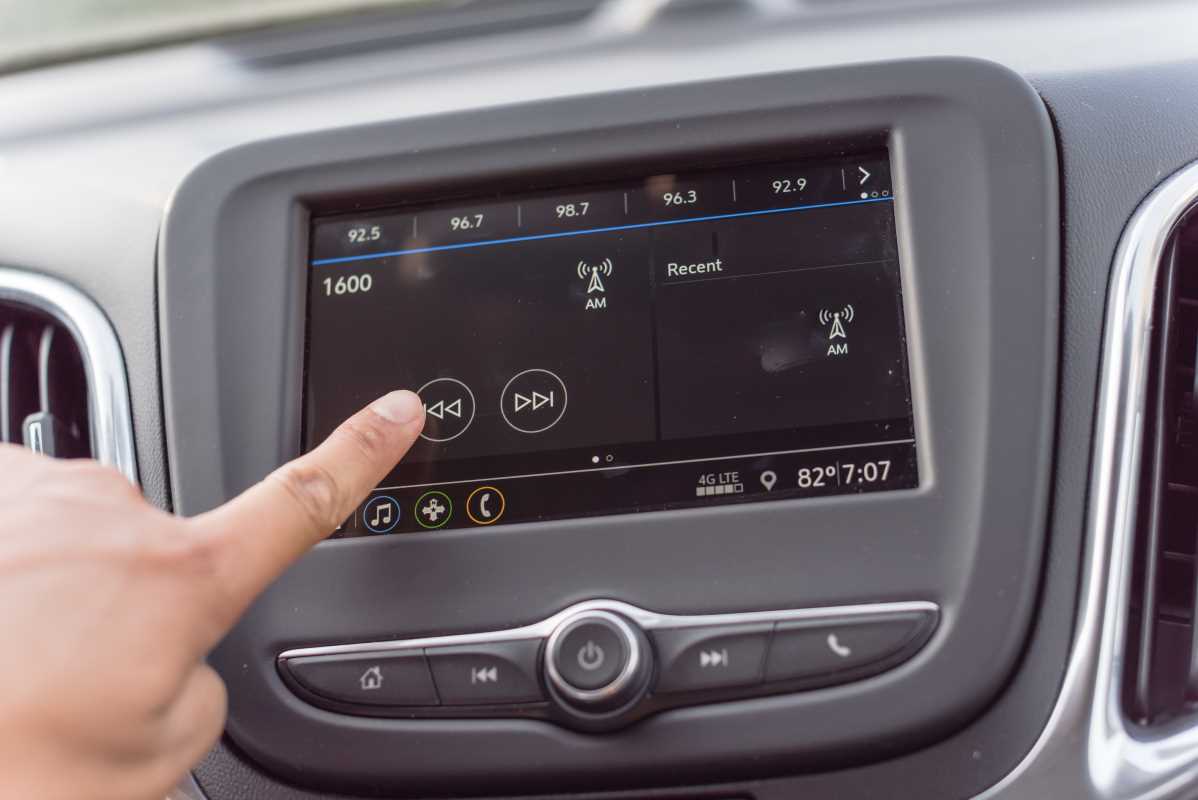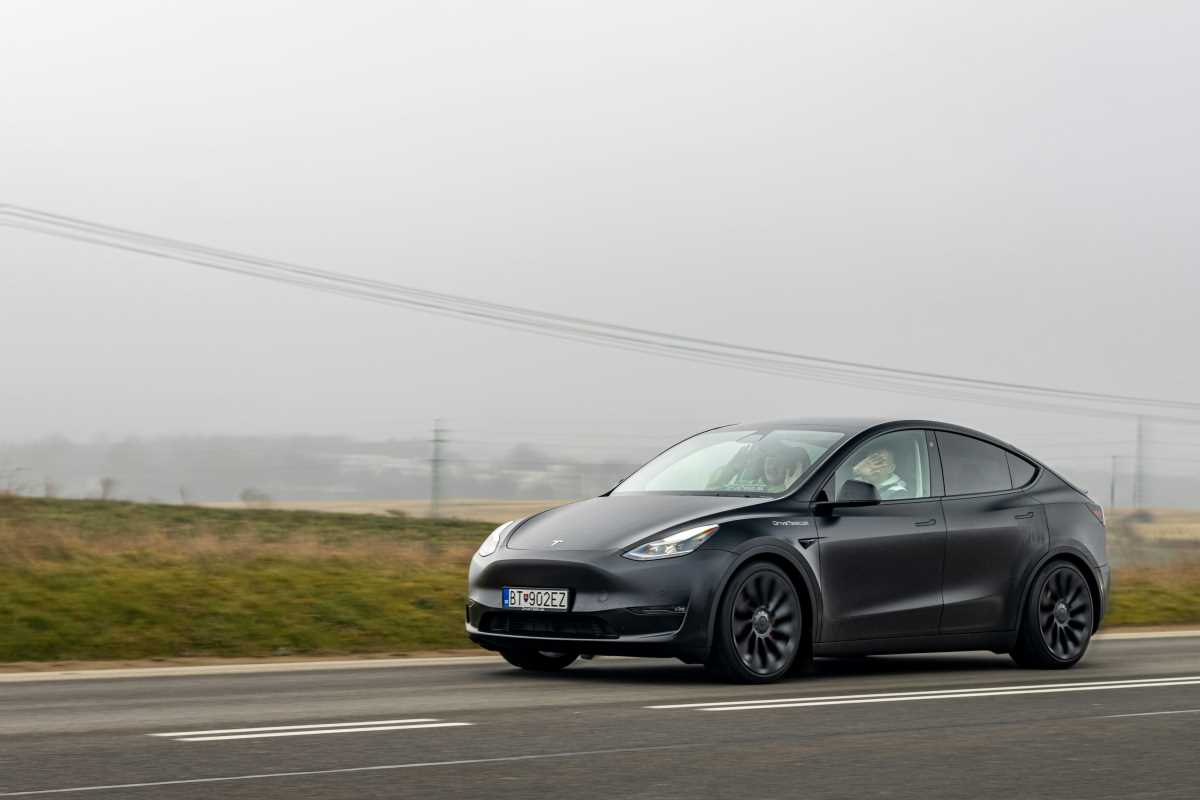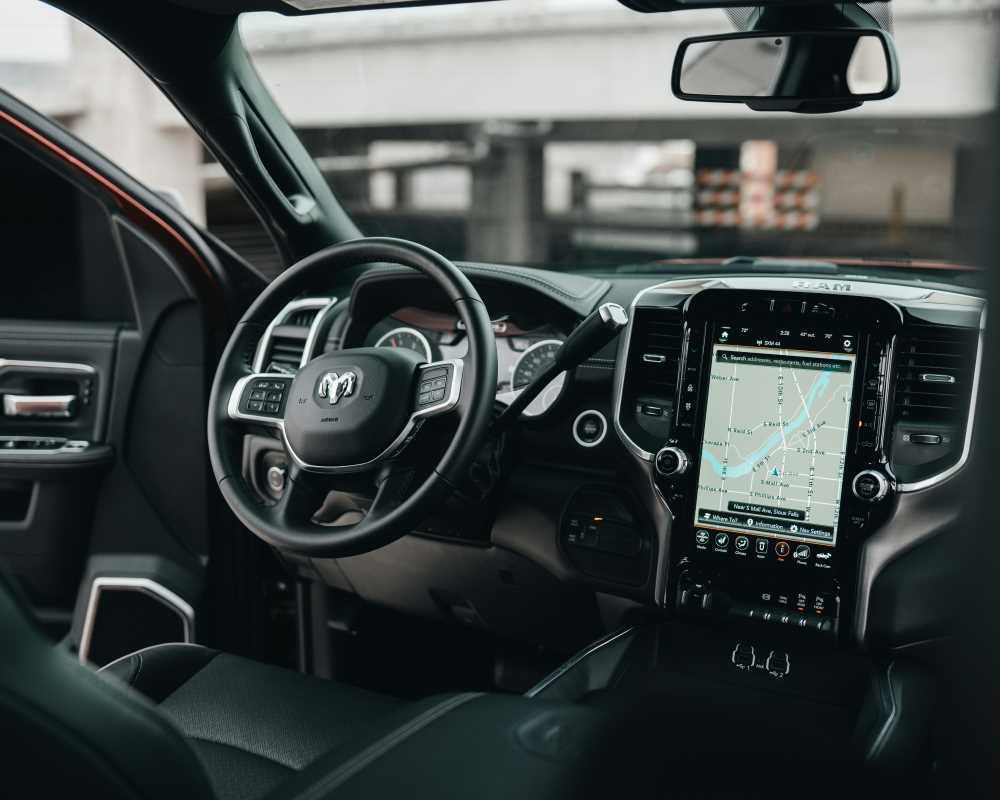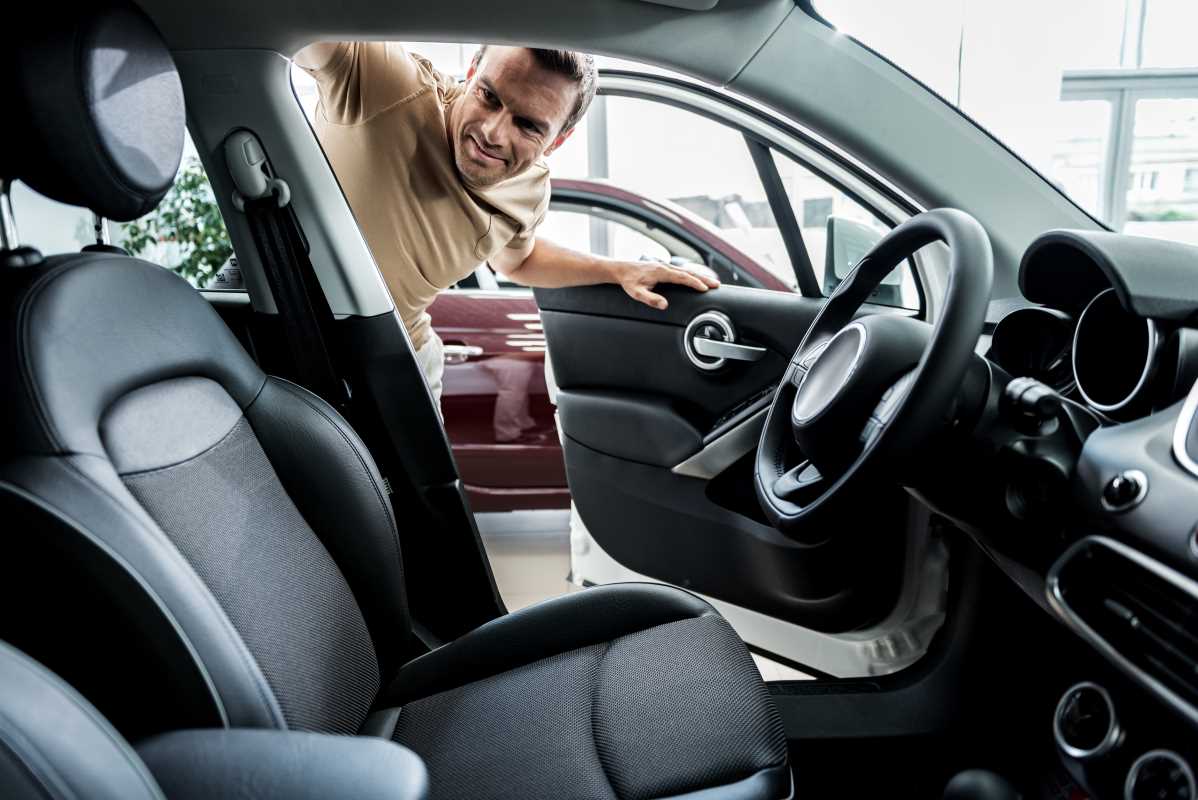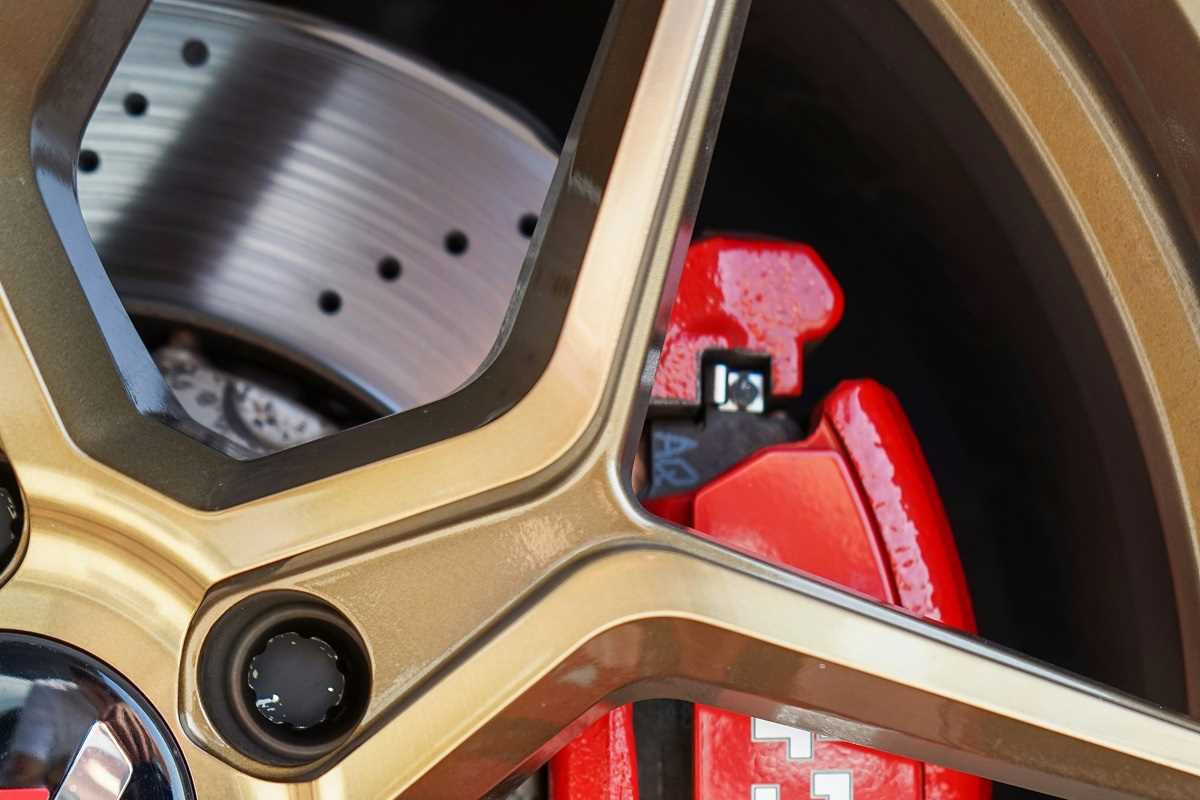Over the years, driving has transformed from a purely functional activity to an engaging experience, thanks in no small part to advances in vehicle infotainment systems. What used to be a simple dashboard radio has grown into a hub of entertainment, communication, and navigation that feels like it was plucked straight out of science fiction. Today, modern infotainment systems boast touchscreens, voice controls, and seamless smartphone integration, fundamentally changing how we interact with our vehicles. But how did we get here? Buckle up as we take a ride through the fascinating history, current advancements, and future of automotive infotainment systems.
From AM Radios to Cassette Players – The Beginning
The story of vehicle infotainment begins in the 1930s, a time when a car radio was considered cutting-edge technology. The very first car radio, the “Motorola 5T71,” debuted in 1930, offering drivers and passengers the ability to tune in to live broadcasts during their commute. It may not seem like much compared to today’s standards, but back then, it was revolutionary.
Throughout the following decades, the evolution of in-car entertainment mirrored the rise of new technologies. By the 1960s, AM radios evolved to include FM receivers, offering superior sound quality. The 1970s brought the introduction of 8-track and cassette players, allowing drivers to curate their road trip soundtracks (and suffer through the occasional tape jam).
These changes, though incremental, laid the groundwork for more personalized and interactive infotainment options. The 1980s saw the birth of in-car CD players, introducing crystal-clear audio to car cabins. Each improvement brought passengers closer to the immersive experiences we know today.
The Digital Leap – CDs to Screens
The 1990s marked a pivotal shift in infotainment design as screens slowly began infiltrating dashboards. Early navigation systems, powered by GPS satellites, were introduced, spelling the beginning of in-car digital displays. Though clunky and limited at first, these screens were a glimpse into the future of connected cars.
The 2000s became the golden age of digital innovation. CD players began sharing the stage with auxiliary ports, satellite radios, and Bluetooth technology. Drivers could now connect their devices to their vehicles for personalized playlists or hands-free calls. For the first time, infotainment systems were no longer limited to company-manufactured features; they became a reflection of the driver’s own digital footprint.
The touchscreens we’re familiar with today made their introduction during this time as well. Systems like BMW’s iDrive (2001) and Audi’s MMI interface altered the way drivers navigated menus, offering a more interactive and visually engaging experience.
While some accused these systems of adding complexity, there was no denying the allure of having a single interface for navigation, music, and climate control.
Smartphones and the Era of Integration
By the 2010s, smartphones had become a staple in daily life, and automakers realized they couldn’t ignore the features that drivers were already accustomed to. The result? Systems designed to integrate with these beloved devices.
Apple CarPlay and Android Auto became prime examples of this shift. These platforms mirrored the layout and apps of your smartphone onto the car’s screen, enabling access to maps, calls, texts, music apps, and even voice assistants like Siri and Google Assistant.
Voice control was no longer a frustrating gimmick—it became a functional safety feature. Drivers could simply say, “Get directions to the nearest gas station,” or “Play jazz,” without taking their hands off the wheel or eyes off the road.
Infotainment also expanded its role from entertainment to utility. Built-in apps allowed real-time access to weather, traffic updates, and fuel prices. Systems like Tesla’s giant touchscreen even included internet browsing capabilities, effectively transforming the car into an all-in-one smart device on wheels.
The result? A more connected and convenient driving experience in which the divide between home, work, and car narrowed.
Safety Meets Entertainment
One of the most significant turning points for infotainment systems was their relationship with safety. Modern systems have gone beyond providing entertainment; they now play a crucial role in enhancing driver awareness.
Navigation tools now synchronize with real-time traffic data to offer route suggestions, avoiding congested or hazardous areas. Backup cameras and parking sensors, which display visuals on infotainment screens, reduce the risk of accidents in tight spaces. Advanced systems even integrate with adaptive cruise control and lane-keeping assist, contributing to the eventual realization of autonomous driving.
However, this interactivity hasn’t been without criticism. Touchscreens and overly complicated menus are often cited as distractions, and studies have shown that fumbling with an infotainment system can be just as dangerous as texting behind the wheel. Automakers continuously respond to these concerns by improving voice-activated controls and streamlining menu designs, keeping safety as a priority alongside innovation.
The Future of Infotainment – What’s Next?
Automakers are now leaning heavily into artificial intelligence and connectivity to push the boundaries of infotainment even further. The future of infotainment systems looks as promising as it does futuristic.
- AI-Driven Personalization: Picture this—you get into your car, and it automatically adjusts the temperature, queues up your favorite playlist, and suggests a coffee stop on your route (because, clearly, Monday mornings call for caffeine). AI-equipped infotainment systems will analyze driver habits to deliver hyper-personalized experiences.
- Augmented Reality Displays: Heads-Up Displays (HUDs) may soon evolve into full-fledged augmented reality projections. Navigation arrows could be overlaid directly onto the road ahead, while hazard warnings pop up in your line of sight for immediate attention.
- 5G Connectivity: Faster networks mean blazing-fast updates and enhanced app functionality. Your car could download a new entertainment app in seconds or even perform autonomous safety updates—all while you’re cruising through the countryside.
- Integrated Streaming Services: Long road trips could feature Netflix or Spotify seamlessly baked into infotainment software. Tesla has already dipped its toes into this area, and other manufacturers are watching keenly.
- Voice and Gesture Controls: Hands-free control will be further fine-tuned to detect voice, gestures, or even gaze. Imagine simply waving your hand to adjust the volume or focusing your eyes on an option for selection, all while keeping your concentration on the road.
What may be most exciting is how these systems will fit within the framework of autonomous cars. With self-driving vehicles taking the wheel, infotainment will transition from secondary functionality to central purpose—think luxurious cabins where in-ride entertainment is the main driving (pun intended) feature.
While challenges such as safety concerns and driver distraction remain, the industry is determined to innovate responsibly. Infotainment systems have quickly become the heart of modern vehicles—whether you’re jamming to your favorite tunes, following turn-by-turn directions, or chatting with your virtual assistant about the nearest pizza joint.
